Lake Natron, located in northern Tanzania near the border with Kenya, is one of the most fascinating and mysterious places on Earth. Known for its striking red and pink hues and deadly waters, Lake Natron is often referred to as “one of the most inhospitable places on Earth.” Despite its harsh conditions, this alkaline lake is home to a variety of wildlife, including one of the world’s largest populations of lesser flamingos. The wonder of Lake Natron lies in its extreme nature, otherworldly beauty, and the delicate balance of life that thrives in such an unforgiving environment.
The Unique Chemistry of Lake Natron
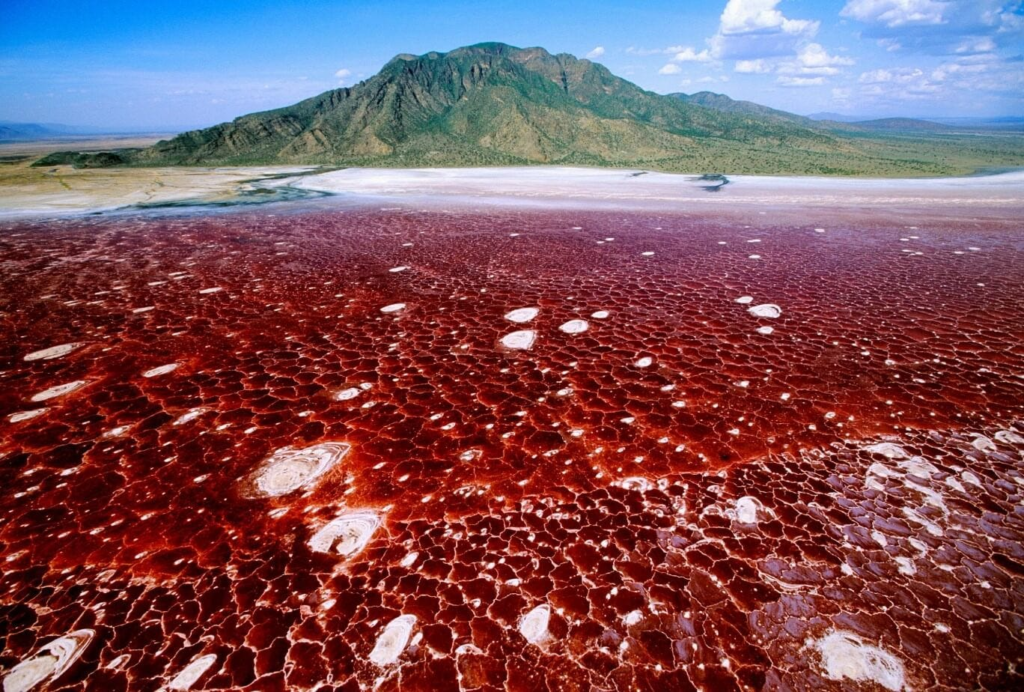
Lake Natron’s most striking feature is its highly alkaline water, with a pH level that can reach as high as 10.5, comparable to ammonia. The lake’s alkalinity is caused by sodium carbonate and other minerals that flow into the lake from surrounding volcanic rocks. Over time, these minerals have accumulated in the water, creating an environment so caustic that few creatures can survive. Temperatures in the lake can also soar to 60°C (140°F), making it an even more hostile environment for life.
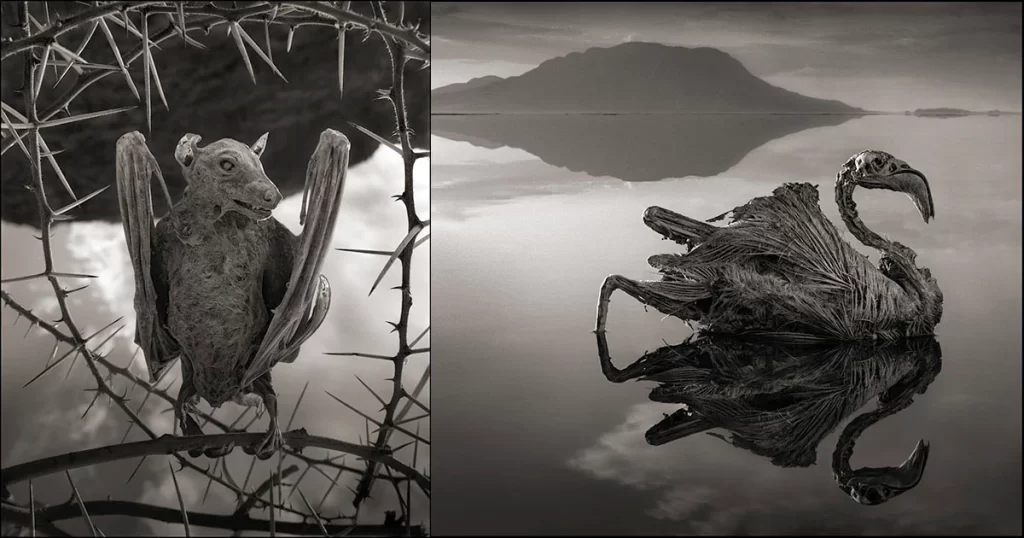
The lake gets its name from natron, a naturally occurring compound made up of sodium carbonate and baking soda. Ancient Egyptians used natron as a preservative in the mummification process, and Lake Natron’s waters act similarly. When animals die and their bodies fall into the lake, the high levels of natron preserve them, sometimes leaving them calcified in eerie, statue-like forms. This phenomenon has given rise to the lake’s eerie reputation as a “petrifying” body of water, though the process is slow and limited to animals already dead.
Flamingos and Life in Lake Natron

Despite its harsh conditions, Lake Natron plays a crucial role in the survival of lesser flamingos. It is one of the few breeding grounds for these iconic birds, and the lake’s seemingly inhospitable environment actually provides them with a safe haven from predators. The flamingos build their nests on small islands of salt that form on the lake’s surface, and the caustic waters help keep predators away.
Lesser flamingos feed on spirulina, a type of cyanobacteria that thrives in the alkaline waters of Lake Natron. These bacteria are responsible for the lake’s vibrant red and pink colors, as they produce a red pigment to protect themselves from the intense sunlight and UV radiation. The flamingos, in turn, get their pink hue from the carotenoids in the spirulina, making the connection between the birds and the lake’s ecosystem even more fascinating.
Each year, during the breeding season, tens of thousands of flamingos gather at Lake Natron to breed. The sight of these elegant pink birds set against the backdrop of the lake’s surreal red waters is one of the most awe-inspiring natural spectacles in Africa.
The Surreal Landscape of Lake Natron
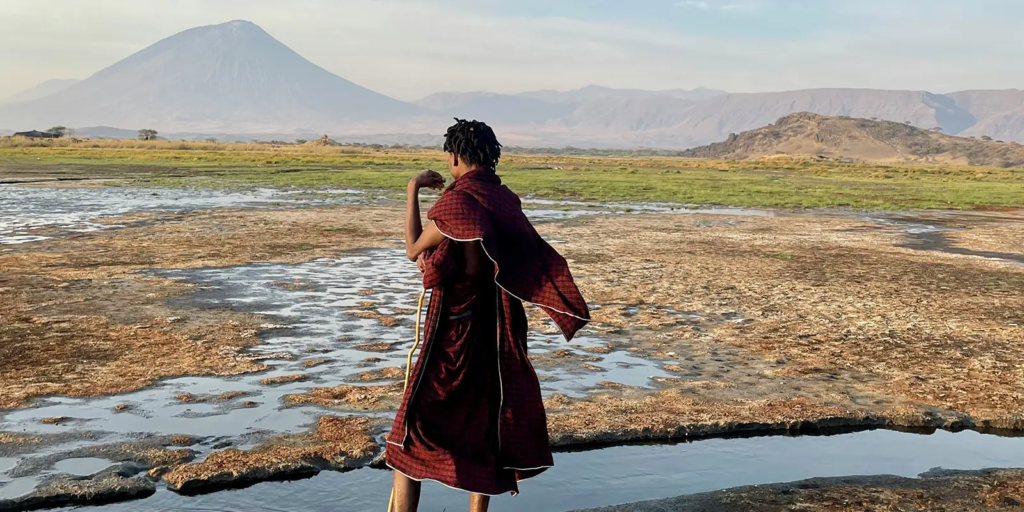
The landscape around Lake Natron is otherworldly and awe-inspiring. Surrounded by the Rift Valley escarpment and the active Ol Doinyo Lengai volcano, the lake sits in a geological wonderland. The lake itself varies in size depending on rainfall, but it can stretch up to 57 kilometers (35 miles) long and 22 kilometers (14 miles) wide. Its shallow waters are often only a few meters deep, but the lakebed is encrusted with salt, creating mesmerizing patterns as the water evaporates.
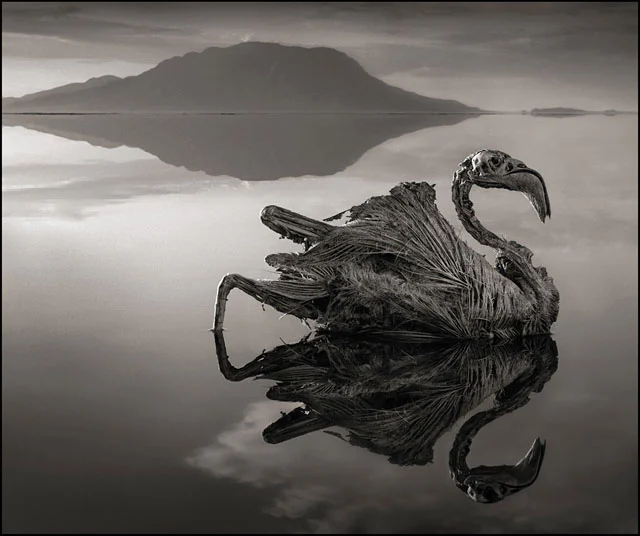
The colors of the lake are constantly shifting, with the waters appearing deep red, pink, or orange depending on the concentration of minerals, bacteria, and algae. This vibrant coloration contrasts sharply with the surrounding barren landscape of dry salt flats, black volcanic rocks, and the imposing volcano in the distance.
The Mystique of Lake Natron

Lake Natron’s eerie and inhospitable reputation, combined with its haunting beauty, has made it a place of great mystique. The calcified remains of birds and bats that have been preserved in the lake’s waters only add to its legend. These preserved creatures, some of which have washed ashore, appear almost mummified, frozen in time. The sight of these “petrified” animals has fueled myths and stories, adding to the lake’s allure as a place both wondrous and deadly.
For travelers and photographers, Lake Natron offers a rare opportunity to experience a truly unique natural environment. The landscape, wildlife, and geological formations make it a dream destination for those seeking adventure and inspiration. However, due to the lake’s extreme conditions, visitors must be cautious when exploring the area. The highly alkaline water can cause burns and irritation if touched, and the rugged terrain requires careful navigation.
Conservation and the Future of Lake Natron

Despite its importance to flamingo populations and its status as a natural wonder, Lake Natron faces several threats. Proposed developments, such as soda ash extraction, could have devastating effects on the lake’s delicate ecosystem. Environmentalists and conservation organizations are working to protect Lake Natron from such developments, recognizing its critical role in the survival of flamingos and its importance as a natural habitat.
Sustainable tourism and education about the lake’s unique environment are also key to ensuring its preservation. By raising awareness of the significance of Lake Natron, both as a wildlife habitat and as a natural wonder, conservationists hope to protect it for future generations to enjoy.
How to Travel to Lake Natron, Tanzania
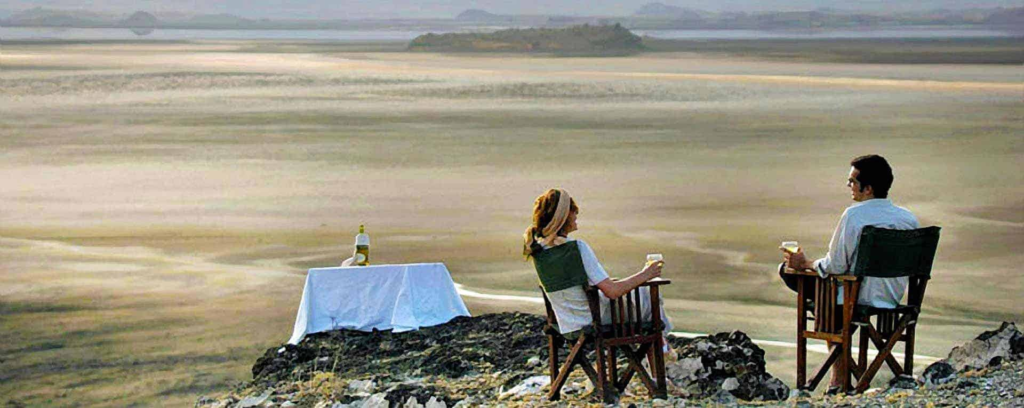
Traveling to Lake Natron is an adventure in itself. Nestled in the remote northern part of Tanzania, near the Kenyan border, the lake is far removed from the usual tourist routes, making it a truly off-the-beaten-path destination. The journey to Lake Natron requires careful planning, as it involves navigating rough terrain, dealing with extreme weather, and coordinating logistics in a remote part of the country. However, for those seeking a unique experience and a chance to witness one of nature’s most extraordinary wonders, the effort is well worth it.
Here’s a detailed guide on how to travel to Lake Natron, covering everything from transportation to accommodation and what to expect when you arrive.
Getting to Lake Natron
There are several ways to reach Lake Natron, but the most common route is from Arusha, a major city in northern Tanzania that serves as a hub for safaris to Serengeti, Ngorongoro Crater, and Mount Kilimanjaro. From Arusha, the journey to Lake Natron can be made by car or via guided tour operators. Here’s what you need to know:
1. By Road: Driving to Lake Natron
Driving is the most common way to reach Lake Natron, but it’s important to note that the road conditions can be extremely challenging. The route from Arusha to Lake Natron is about 240 kilometers (150 miles), but due to the rough, unpaved roads, the journey can take anywhere from 5 to 8 hours. The drive itself is an adventure, passing through Maasai villages, vast savannas, and rugged volcanic landscapes.
- 4×4 Vehicle Required: The road to Lake Natron is rocky and bumpy, especially during the rainy season when it can become muddy and treacherous. A 4×4 vehicle is essential for navigating the rough terrain.
- Guided Tours Recommended: While it’s possible to self-drive, most travelers opt for guided tours or private drivers. Local guides are familiar with the terrain and can help you navigate the difficult roads. They also provide valuable insights into the region’s culture, wildlife, and history.
- Scenic Routes: Depending on your route, you may pass by stunning landscapes, including the Rift Valley Escarpment and the active volcano Ol Doinyo Lengai (Mountain of God), which offers incredible views as you approach the lake. Some routes also pass through Lake Manyara National Park or Tarangire National Park, providing opportunities to see wildlife along the way.
2. By Air: Fly to Lake Natron
For those who want to avoid the long and rough drive, flying is an option, although it’s less common. Chartered flights are available from Arusha or Kilimanjaro International Airport to Lake Natron Airstrip, which is located near the lake. The flight offers a stunning aerial view of the lake and the surrounding landscapes.
- Chartered Flights: Several local aviation companies offer charter flights to remote areas, including Lake Natron. While this is a more expensive option, it significantly cuts down on travel time and provides a breathtaking perspective of the area.
- Flying from Arusha: Flights typically depart from Arusha or Kilimanjaro airports and land at the small airstrip near Lake Natron. Once you arrive, you can arrange for transport to your accommodation or to the lake itself.
Accommodation Options at Lake Natron

Due to its remote location, accommodation options around Lake Natron are limited. Most visitors stay in basic lodges or campsites that offer stunning views of the lake and surrounding landscapes. While luxury amenities are scarce, the accommodations provide a comfortable and authentic experience in this rugged environment.
1. Lake Natron Tented Camp
This is one of the most popular options for travelers visiting Lake Natron. The camp offers eco-friendly tented accommodations with basic amenities, including ensuite bathrooms and hot showers. Located near the lake, the camp provides easy access to the flamingo colonies and scenic hikes around the area.
2. Natron River Camp
Another simple and comfortable option, Natron River Camp offers tented accommodations with a focus on sustainability. The camp is set along the edge of the river and provides guided tours of the lake, as well as opportunities to visit nearby Maasai villages.
3. Camping
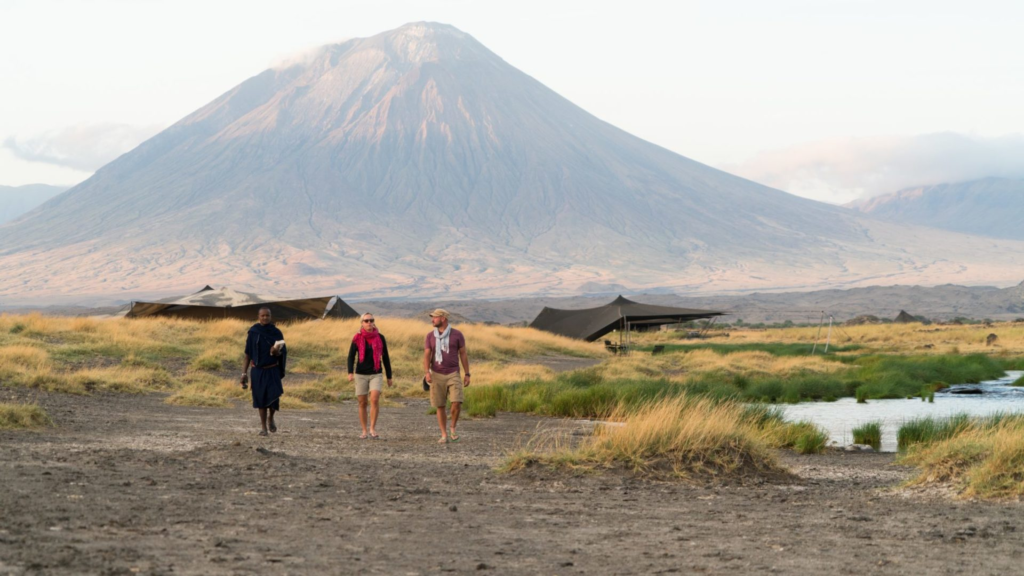
For adventurous travelers, camping is a great way to fully immerse yourself in the natural beauty of Lake Natron. There are designated campsites around the lake, and many guided tours offer camping packages that include tents, meals, and transport. Keep in mind that conditions are basic, and you’ll need to bring your own camping gear if you’re not traveling with a tour group.
What to Do at Lake Natron
Lake Natron offers a range of activities for nature lovers, photographers, and adventure seekers. While the lake itself is the main attraction, the surrounding landscape, culture, and wildlife provide ample opportunities for exploration. Here’s what you can do:
1. Flamingo Watching
Lake Natron is famous for being one of the primary breeding grounds for lesser flamingos, and birdwatching is a highlight of any trip. The best time to see flamingos is during the breeding season (typically between September and April), when tens of thousands of birds gather at the lake. Early morning and late afternoon are ideal times for observing the birds in their natural habitat.
2. Guided Walks Around the Lake
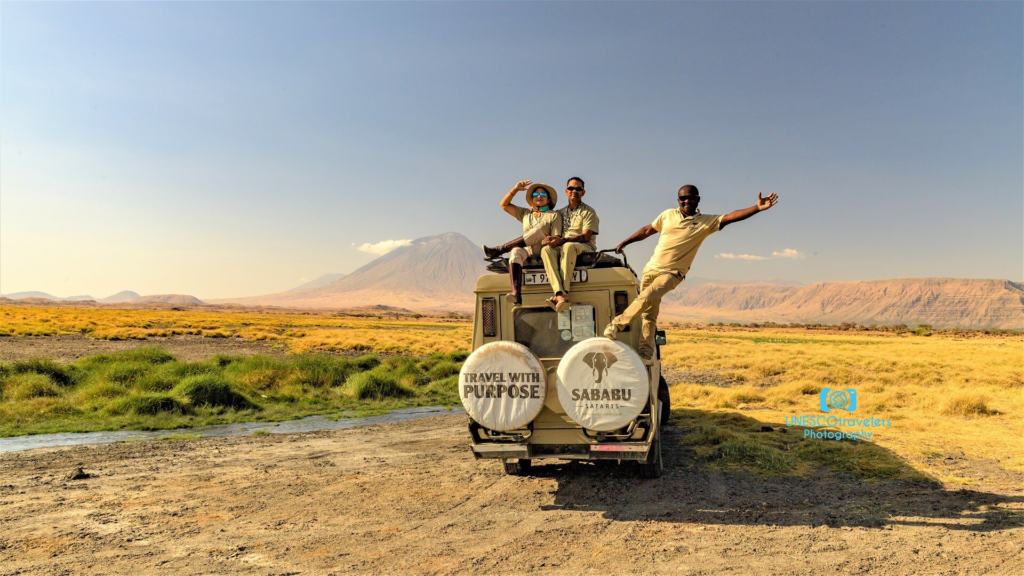
Many lodges and camps offer guided walks around Lake Natron, allowing visitors to explore its unique geology and wildlife. You’ll be able to walk along the salt-crusted shores, observe flamingos up close, and learn about the lake’s mineral-rich waters and their effects on the surrounding ecosystem. Local guides, often Maasai, provide fascinating insights into the cultural significance of the lake and its role in the region’s history.
3. Hike to Waterfalls
One of the most rewarding hikes in the area is to the Ngare Sero Waterfalls, located in a gorge near Lake Natron. The hike takes you through a rugged landscape, with opportunities to cool off in the refreshing waters of the falls. The trail can be challenging, but the views and the chance to swim in the clear pools make it worthwhile.
4. Climb Ol Doinyo Lengai
For the adventurous traveler, climbing the active volcano Ol Doinyo Lengai is a thrilling experience. The ascent is challenging, taking around 5 to 6 hours, but the views from the top are spectacular. You’ll see sweeping vistas of the Rift Valley, the lake, and beyond. This is a sacred site for the Maasai people, and the climb offers a deep connection with the local culture and landscape.
Best Time to Visit Lake Natron
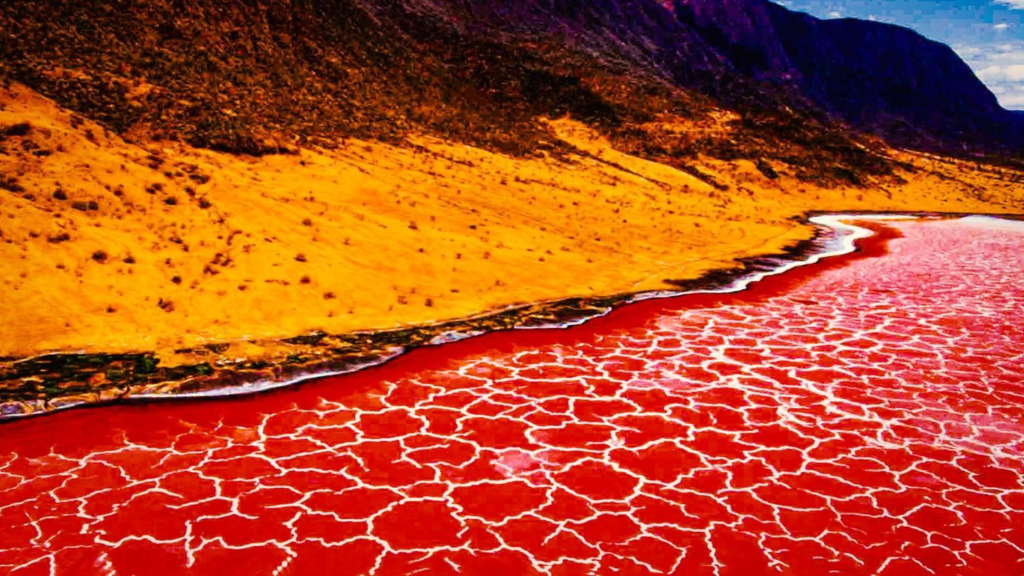
The best time to visit Lake Natron is during the dry season, which runs from June to October. During this period, the weather is more predictable, and road conditions are more manageable. The dry season also coincides with the flamingo breeding season, offering the best chances to witness the birds in large numbers.
The rainy season, from November to May, can make the roads leading to Lake Natron difficult to navigate, as they become muddy and impassable in some areas. However, the rainy season can offer beautiful landscapes, as the surrounding vegetation comes to life, and the waterfalls are at their most impressive.
Practical Tips for Traveling to Lake Natron
- Pack for the Heat: The area around Lake Natron can be extremely hot, with daytime temperatures reaching 40°C (104°F) or higher. Be sure to pack light, breathable clothing, sunscreen, sunglasses, and a hat to protect yourself from the sun.
- Hydrate Constantly: The dry, hot climate means you’ll need to stay hydrated. Always carry enough water with you, especially during hikes or guided walks.
- Respect the Environment: Lake Natron is a delicate ecosystem, and it’s essential to respect the local wildlife and environment. Follow the guidelines of your tour guide, avoid disturbing the flamingos, and be mindful of your impact on the land.
- Travel with a Guide: Due to the remoteness and challenging conditions of the area, it’s highly recommended to travel with a guide or as part of an organized tour. Local guides are knowledgeable about the area and can ensure a safe and enriching experience.
Read more: Travel to Antarctica : A Complete Guide








